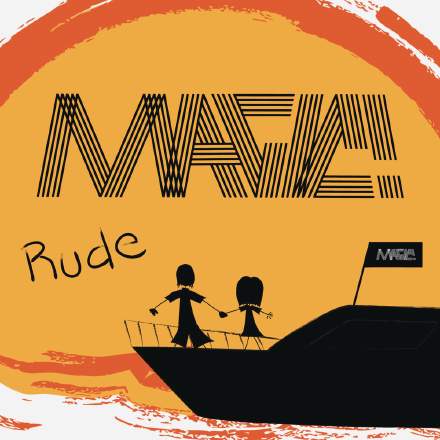
As you’d kind of expect from a reggae production, delays are an important ingredient of this mix, providing not only a variety of ear–candy (such as the opening timbale fill’s rippling decay tail, the recurring 16th–note ping–pong spin first heard at 0:12–0:14, and the arrhythmic wobble on the final note of that fabulously grimy guitar solo), but also an important element of the lead–vocal arrangement. If you listen carefully for the latter’s eighth–note repeats, you can really hear the mix automation breaking a sweat to pull up entertaining little echo spins wherever the vocal interest might otherwise have waned. Just up to the end of the first chorus, for instance, we get prominent repeats on “raced like a jet” (0:10), “old–fashioned man” (0:23), “answer is no” (0:39) and “we’ll be a family” (1:02), and they get more frequent as the arrangement progresses. Yet it’s crucial to realise how ruthlessly the echoes are excised wherever they might interfere with the lyrical message — you don’t lose a single word to unfortunate overlaps. The delay automation also serves a long–term purpose, helping to differentiate the character of each song section, perhaps most dramatically when the delay briefly dries up for the return of the verse at 1:15.
There’s a great example of opposition panning during this song’s verses too, where complementary clavinet and guitar rhythm parts are panned to opposite sides of the stereo field. This basically performs a kind of mass–market translation slam-dunk: in stereo it sounds wide and full; through one side of a pair of earbuds the listener still gets an individual rhythm part that’s both interesting and solidly nailing the groove; and in mono listeners don’t get timbral damage from phase–cancellation (frequently a problem with stereo keyboard/guitar recordings) or chorusey side–effects from any kind of single–instrument double–tracking. It’s a thing of beauty.
Finally, notice how the combined ‘kick plus snare’ hits in that “marry her anyway” refrain never flam at all. Every live drum recording I’ve ever heard with this kind of dual hit has always been rather more variable than this in terms of the timing, and without editing out the flams (which I usually do by cutting a cleaner combined hit from elsewhere in the drum take) it’s almost impossible to achieve this kind of chart–friendly groove consistency.










